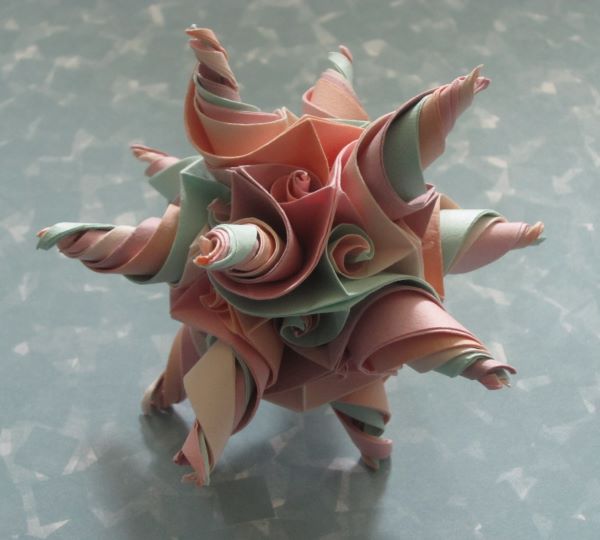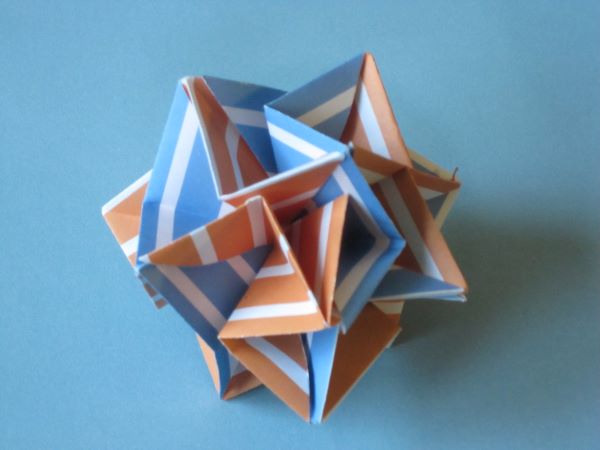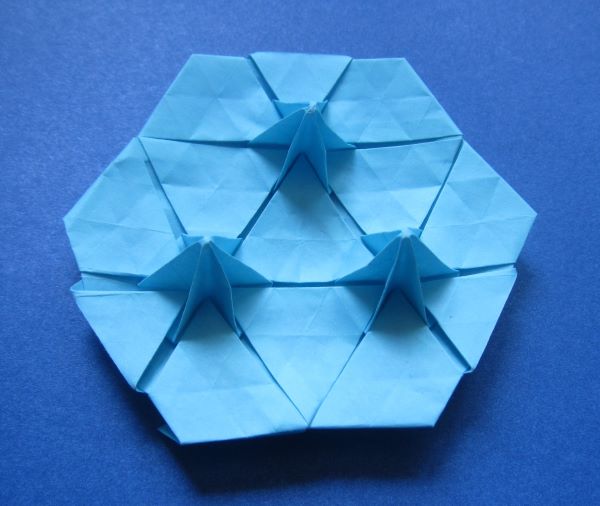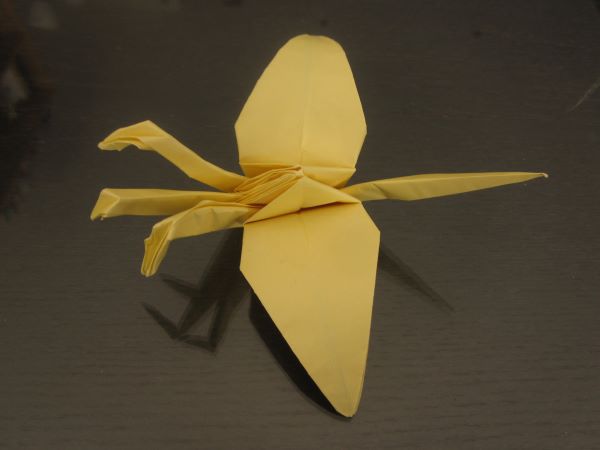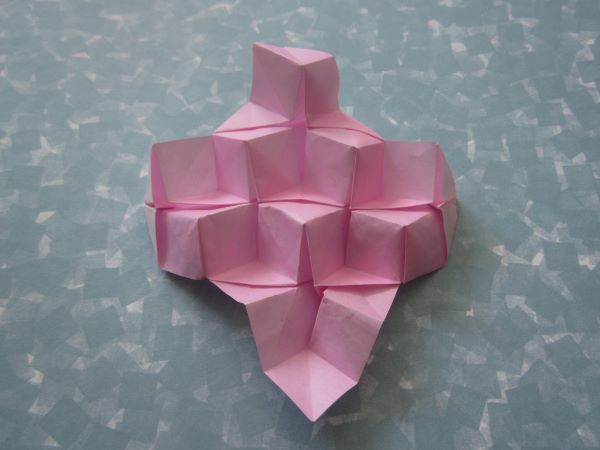Back in 2017, I designed the Cube Tessellation. It’s one that I have shown off here on multiple occasions. I have a crease pattern, step by step instructions, and it appeared in the Geometric Origami Convention in 2024.
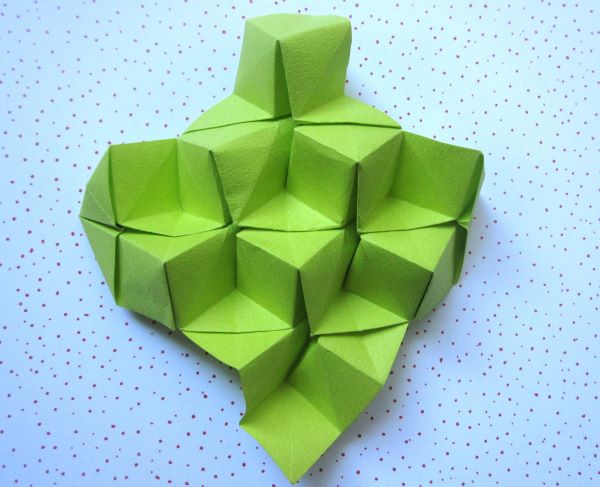
Cube Tessellation, designed by me
I recently discovered that a professional origamist, known as D. Hinklay, has been making a model titled “Stone Board” which is identical in design, down to the crease pattern. There are several several youtube shorts from 2022 and 2023, totaling over 50M views. I also found an instagram post that explicitly claims it’s an original design. At time of writing, his website lists multiple Stone Boards, including one going for $3500.

